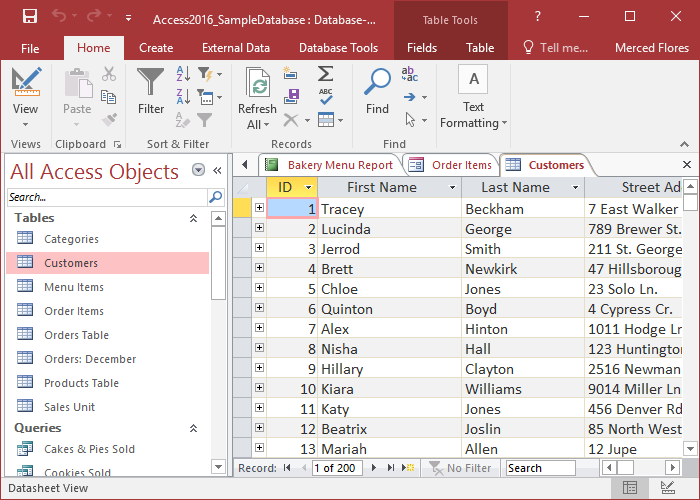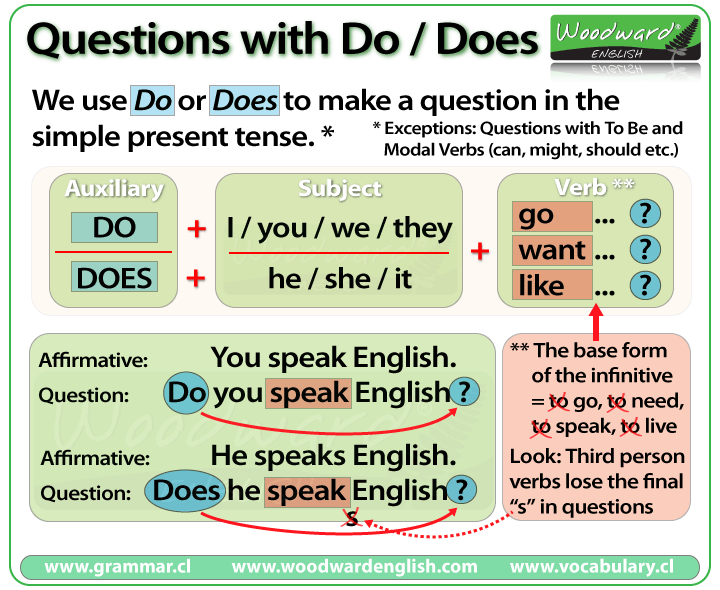Fine Arts vs. Applied Arts vs. Crafts: Clear Differences, Real Examples, and How to Choose Your Path
Overview: what set them isolated
Fine arts, applied arts, and crafts share creative DNA, but they differ in purpose, context, and outcomes. In brief: fine arts emphasize expressive and aesthetic value; applied arts integrate aesthetics with function for practical use; crafts involve skilled hand making of functional or decorative objects. Authoritative sources systematically note that apply arts are design for use while fine arts are created principally for aesthetic or expressive appreciation
[ 1 ]
[ 3 ]
[ 4 ]
. Several education focus overviews besides explain that fine arts typically focus on oopen-endedexpression, whereas apply arts focus on technical design serve real world needs
[ 5 ]
.
Definitions you can use
Fine arts
Fine arts are created principally for aesthetic contemplation, cultural meaning, and personal expression instead than practical use. Common mediums include painting, sculpture, drawing, and fine art photography. These works are oftentimes display in galleries and museums, value for concept, technique, and expressive impact quite than utility [ 1 ] [ 3 ] [ 4 ] .
Applied arts
Applied arts merge beauty with function. The goal is to design objects and experiences that people use — such as products, interfaces, garments, interiors, or print communications — while maintain strong visual appeal. Fields include product and industrial design, graphic design, fashion, interior, architecture adjacent design, and ceramics with everyday use [ 1 ] [ 3 ] [ 4 ] [ 2 ] [ 5 ] .
Crafts
Crafts are handmade objects that may serve functional or decorative purposes, emphasize technique, materials, and workmanship. Examples include pottery, weaving, metalwork, basketry, batik, and tapestry — oftentimes teach within apply arts context because they yield tangible, usable goods [ 5 ] [ 3 ] .
Key differences at a glance
Purpose: Fine arts prioritize expression and aesthetic contemplation; applied arts prioritize function plus aesthetics; crafts prioritize skilled making of functional or decorative items. Multiple sources emphasize the functional dimension as the define marker for applied arts, whereas fine arts are make to be view and interpret [ 1 ] [ 3 ] [ 4 ] .
Context: Fine arts are typically show in galleries / museums; applied arts appear in markets, brands, products, interiors, and media; crafts appear in studios, artisan markets, museums of craft, and design boutiques [ 1 ] [ 3 ] .
Skills and processes: Fine arts oftentimes reward free exploration and conceptual development; applied arts require constraints such as ergonomics, manufacturing, and communication goals; crafts require material mastery and manual techniques. Education portal note the more technical and production aware nature of applied arts training [ 5 ] .
Fine arts vs. Applied arts: deep dive with examples
Fine arts in practice
Imagine a series of abstract paintings investigate memory and color. These works invite interpretation and emotional response without need to perform a use. A sculptor might create a form that challenge perceptions of balance and space. The measure of success centers on originality, critical reception, and resonance with audiences in cultural spaces. Sources highlight that fine arts are“ principally intend to be display and admire, †eflect aesthetic or cultural value over utility [ 1 ] [ 3 ] .
Applied arts in practice
Consider a designer develop a chair that balance ergonomics, durability, and visual identity. Or a graphic designer shape a brand system with typography, color, and layout for clarity and emotion. These are design to be use, reproduce, and integrate into daily life, with success measure by usability, market fit, and aesthetic coherence. Industry and education sources emphasize this blend of practicality and visual appeal in applied arts disciplines like industrial and graphic design, fashion, and textiles [ 1 ] [ 2 ] [ 4 ] [ 5 ] .
Where do crafts fit? The arts and crafts distinction
“ aArtsand crafts †fttimes refer to handmade practices — pottery, weaving, metalwork, batik, basketry, and tapestry — where the process and material skill are central. Crafts can be strictly decorative, strictly functional, or both. Education guides list many of these under apply arts due to their tangible, usable outputs, but crafts can besides be exexhibiteds fine art when the maker’s intent and context shift toward expression and concept [ 5 ] [ 3 ] .

Source: magiadedonetzka.blogspot.com
Example: a handmade ceramic mug (craft )is design for daily use ( (ply ),)ut a conceptual ceramic installation can be present as fine art. The border is permeable; notwithstanding, the functional criterion remaremains clearest line between applied and fine art across reputable summaries [ 1 ] [ 4 ] .
How to choose your path: step by step
1) clarify your primary goal
If you want to explore ideas and emotions without functional constraints, fine arts may fit. If you enjoy solve practical problems — like how something is use, manufacture, or communicate — apply arts may suit you. If you love hands on make with materials and traditional techniques, crafts may be your home. Education resources underline these different emphases in outcomes and training [ 5 ] [ 1 ] .
2) map skills to outcomes
Fine arts: portfolio of drawings, paintings, sculptures, or conceptual installations; exhibition proposals; statements and documentation. Applied arts: case studies show research, constraints, prototyping, and user or client outcomes (e.g., product mockups, brand systems ) Crafts: a coherent line of handmade works demonstrate technique, durability, and finish quality. This mapping mirrors the functional versus expressive focus highlight by authoritative summaries [ 1 ] [ 4 ] .
3) test your fit with low risk projects
Run three short projects: a gallery ready piece (fine art ) a functional redesign of an everyday object or brand asset ( (ply art ),)nd a handcrafted object ( cr(t ). T)ck what energize you: open eopen-endedssion, problem solve under constraints, or material mastery. Education articles suggest that exposure across modes clarify the right path before specialization [ 5 ] .

Source: radiosapiens.es
4) build a pathway to opportunities
You can pursue formal programs in fine arts or applied arts through accredited institutions. When you research programs, search for terms like“ bBFAfine arts painting program, †industrial design undergraduate curriculum, â€â€ graphic design portfolio requirements, ††“ c“ mics studio courses. †compare facilities ( stu(os, fabrication labs ), cr)ique culture, and internship placement. Many institutions publically list course outline and portfolio criteria that clarify whether their emphasis is expressive, technical, or both [ 5 ] .
Careers and markets: practical guidance
Fine arts careers
Potential roles include studio artist, exhibit artist, curator track roles, and arts educator. Income streams can include gallery sales, commissions, grants, and residencies. Because fine arts are not optimized for mass production, timelines may be less predictable; the value proposition centers on originality and cultural relevance as emphasize in fine art definitions [ 1 ] [ 3 ] .
Applied arts careers
Common roles include product / industrial designer, UX / UI designer, graphic designer, fashion designer, interior designer, motion designer, and packaging designer. Portfolios should demonstrate how your solutions meet user or client needs while deliver visual impact. Sources describe apply arts as commercially viable, meet consumer demand at scale while maintain aesthetics [ 1 ] [ 4 ] .
Crafts careers
Opportunities include artisan maker, studio potter, textile artist, metalsmith, or craft educator. Revenue can come from direct to consumer sales, craft fairs, commissions, and limited editions. Education sources list many craft forms within applied arts — useful for program searches if you want to focus on high skill making for functional goods [ 5 ] .
Common challenges and practical solutions
Challenge: blur boundaries
Many contemporary practices mix mode — e.g., a designer who exhibit speculative products in a gallery. Solution: define intent and audience other. If the work must be used, adopt apply arts processes; ifit’ss for contemplation, prioritize fine art critique and curation. This aligns with the purpose drive divide indicate across sources [ 1 ] [ 4 ] .
Challenge: portfolio positioning
Reviewers may struggle to see your focus. Solution: segment your portfolio into“ expressive works ((ine art ))††unctional design ( ap(ied art ), â€)nd†hand“ fted objects ( crafts(. †for)pplied roles, foreground research, constraints, and outcomes. Education overviews stress the technical, outcome drive nature of apply arts that employers expect to see [ 5 ] .
Challenge: market entry
Fine art markets oftentimes require network building with curators and galleries, while apply arts demand client face case studies and production fluency. Solution: for fine arts, prepare an artist statement, high quality documentation, and submit to buried shows. For applied arts, publish UX or design case studies with your process. For crafts, develop consistent product lines and explore reputable markets. These pathways reflect the contexts and commercial realities describe in source distinctions [ 1 ] [ 3 ] .
Step by step: getting start without guesswork
- Audit your interests: Write one sentence about the problem you about enjoy: expression, function, or make. Match that to fine arts, applied arts, or crafts severally [ 1 ] [ 4 ] .
- Pick one 2-week project: Fine art (create and document a gallery ready piece ) applied art ( (design a product interface or object with user feedback ),)r craft ( pr(uce a small batch of handmade items ). S)w process and results [ 5 ] .
- Gather critique: Ask three peers or mentors to evaluate clarity of intent, craft, and functionality as appropriate to your choose path. Incorporate revisions.
- Build a targeted portfolio section: For fine arts, include statements and exhibition photos; for applied arts, include research, prototypes, and metrics; for crafts, include close up images and durability notes [ 1 ] [ 4 ] .
- Identify programs or markets: You can search for“ bBFAfine art program portfolio requirements, †industrial design undergraduate portfolio guidelines, â€â€ “ “ amics studio certificate. †review facilities and alumni outcomes list by schools or craft organizations [ 5 ] .
Key takeaways
• fine arts: expression first, gallery contexts, value in ideas and aesthetics [ 1 ] [ 3 ] . • apply arts: function plus beauty, client / user outcomes, scalable production [ 1 ] [ 4 ] . • crafts: material mastery, handmade objects, functional or decorative, ofttimes group within apply arts in education context [ 5 ] .
References
[ 1 ] Aft ((025 ))Fine arts vs. Applied arts: choose the right path for you.
[ 2 ] Garth (2024 ) What’s the difference between applied art and fine art?
[ 3 ] Eden house of art (2022 ) Fine art vs. applied art: what’s the difference?
[ 4 ] Le princeCharlestonn art galleries. What’s fine art? Art vs fine art.
[ 5 ] Shikhar (2025 ) What’s the difference between fine arts and applied arts?
MORE FROM snapflicks.net












